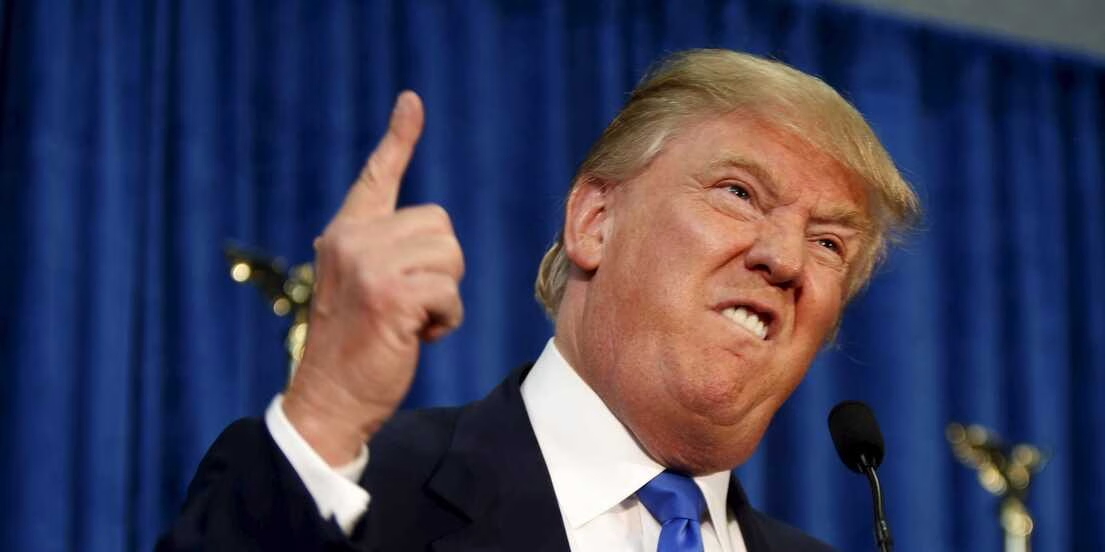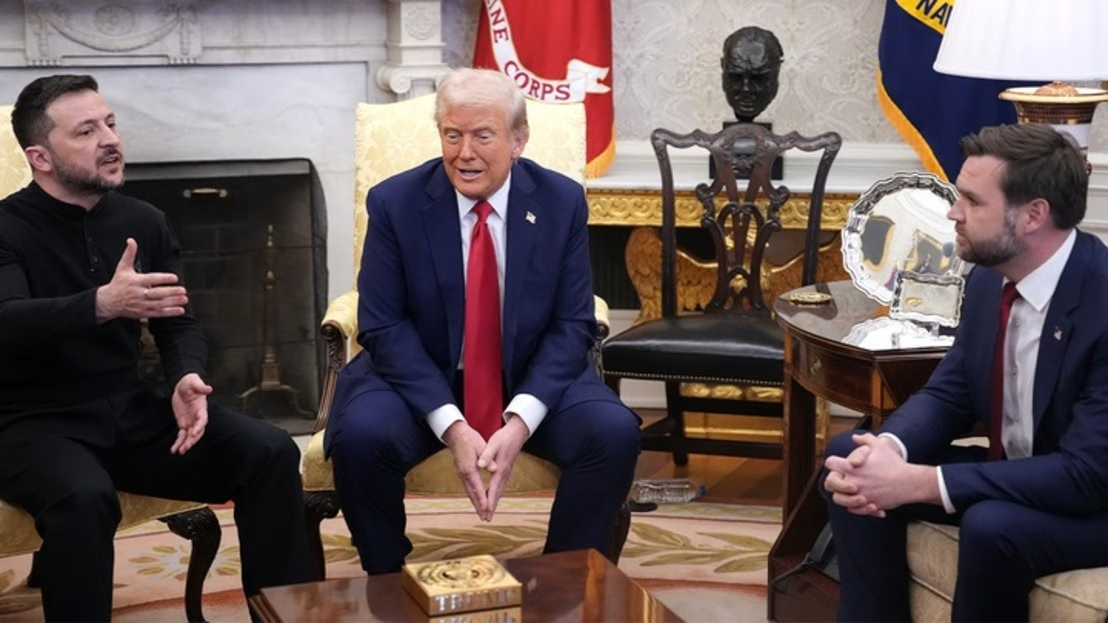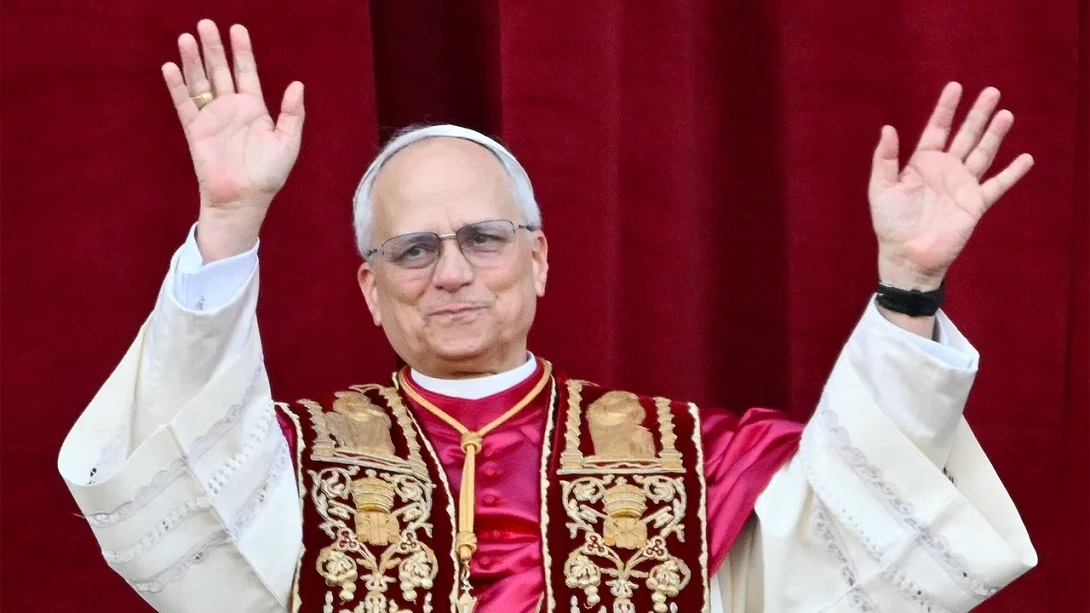By Mary Jones, Don Terry & Ben Emos | Wednesday, April 15, 2025 | 8 min read
History doesn’t repeat itself, but it rhymes—and lately, the echoes are deafening.
A century ago, a failed artist turned rabble-rouser took Germany by the throat, exploiting fear, fueling hatred, and dismantling democracy one decree at a time. Today, in the land of the free, we’re watching a similar script unfold—this time with a red tie, a golden toilet, and a Truth Social account.
Donald Trump, like Hitler before him, didn’t stumble into power. He was lifted—by grievance, by propaganda, by people who’d rather burn the system down than admit it’s broken. Both men were convicted criminals before clawing their way to the top—Hitler, for treason after the Beer Hall Putsch; Trump, found liable for fraud, defamation, and sexual assault. Their punishments didn’t end their political lives—they supercharged them. Martyrdom sells better than accountability in the age of performative politics.
And once the spotlight shifted from courtroom drama to the seat of power, the mask came off.
Hitler censored and crushed the press. Trump brands journalists as enemies of the people. Hitler built his regime on racial scapegoating. Trump launched his with slurs, then doubled down—calling immigrants “animals,” warning they “poison the blood” of America, echoing language straight from fascist propaganda. For both, truth was malleable, and power wasn’t a tool—it was the prize.
Like Hitler, Trump is now blaming the world for America’s perceived downfall—even though the economy he inherited from Biden was, by global standards, the envy of the industrialized world. By the end of 2023, U.S. GDP growth had outpaced every other G7 country. Inflation had dropped from a 9% pandemic-era high to under 3.4%. Real wages were rising for most workers, unemployment was hovering around 3.7%, and nearly 15 million jobs had been created since Biden took office. Corporate profits were up, consumer confidence was recovering, and the U.S. was leading in green energy investment and chip manufacturing.
But none of that fits Trump’s narrative of carnage and collapse, so he throws gasoline on imaginary fires.
He’s pushing for a 10% universal tariff on all imports and a 145% tariff on Chinese goods—measures economists across the spectrum warn would effectively function as a backdoor national sales tax. The nonpartisan Tax Foundation says it could wipe out half a million jobs and cost households more than $1,500 a year. Meanwhile, Trump’s economic populism—soaked in red-white-and-blue rhetoric—is just old-school crony capitalism. More handouts for fossil fuel giants, more giveaways to loyal donors, and more punishment for anyone who doesn’t pledge allegiance to his brand of power.
He paints migrants as a threat—even though they are a backbone of the U.S. economy. Immigrants fill critical labor shortages, pay taxes, start businesses, and drive innovation. And yet Trump, a man whose own family came from Germany and whose wives came from Eastern Europe, pushes a vision of America that turns away asylum seekers and detains people on the basis of skin color and surname. His latest obsession? Random street arrests, mass deportations, and floating the idea of locking Americans up in foreign jails. His rhetoric is no longer coded—it’s totalitarian.
And now, like all would-be dictators, Trump is turning his sights on cultural and intellectual power.
In recent months, he’s publicly attacked Harvard University, demanding control over one of the world’s leading academic institutions. He’s gone after the Kennedy Center—home to the National Symphony Orchestra and a beacon of American arts—threatening funding cuts and political oversight. These are not isolated incidents. This is a war on knowledge. A war on art. A war on the very institutions that shape critical thought, cultural memory, and civic values. It’s the fascist blueprint: if you can’t control the minds, destroy the places that free them.
It’s the authoritarian formula: if you can’t control what people know, destroy the places that teach them to think for themselves.
Thankfully, some leaders still have a backbone. Former President Barack Obama and Massachusetts Governor Maura Healey have both applauded Harvard’s refusal to bow. The Trump administration’s demands—banning student organizations, curbing international admissions, dismantling DEI programs—came with the threat of cutting over $2 billion in federal funding and stripping the university’s tax-exempt status. Trump’s team tried to justify it under the guise of fighting antisemitism on campus, but few are buying it. Most see it for what it is: a power play dressed up in moral panic, aimed at gutting institutions that challenge his ideology.
Harvard said no. And in doing so, they lit a match in the darkness.
But let’s be clear—this is only the beginning. Under another Trump term, no institution of thought or culture will be safe. Universities, museums, libraries, newsrooms, even the National Science Foundation—all could face the ax. He’s already pledged to defund public broadcasting, dismantle diversity programs, and turn the Department of Education into a machine for so-called “patriotic” indoctrination. This isn’t about governance. It’s about domination—of intellect, of identity, of memory.
Trump isn’t simply campaigning to lead a country. He’s campaigning to control its mind, body, and soul. And if we don’t push back now, we might wake up to find that the places we once looked to for truth and meaning have been silenced, brick by brick.
But what’s perhaps most chilling is how Trump is now using the mechanisms of law and technology to silence dissent. Even independent law firms, once staunch defenders of the Constitution, are caving to political pressure, offering legal services only to those willing to bend the truth in favor of power. Social media companies, like Facebook, have already begun censoring articles critical of Trump—blurring out images, removing content, and artificially curating what Americans see. We blame China for this, but it’s happening right here in Trump’s America. We’re at the point where the truth no longer matters—it’s what he decides is true that counts.
The prison in El Salvador where Ángel García was tossed is not just any prison. It’s a torture chamber, a penal colony that rivals the darkest chapters of human cruelty. Comparable to the Gullah camps of old, it’s a place where inmates are stripped of identity, worked to death, disappeared into silence. It is not a justice system—it is a death sentence.
And yet, Trump and his ideological architect Stephen Miller appear eager to expand this model. These men don’t just want to deport people—they want to vanish them. To round up what they call “homegrown criminals,” dissidents, immigrants, and political enemies alike, and toss them out of the country like refuse. Flotsam and jetsam. They speak of “retribution,” of “cleansing,” of “taking back control”—with the same hollow-eyed zeal that defined regimes we swore we would never emulate.
What’s next? American citizens shipped offshore to rot in foreign jails? It’s no longer hypothetical. It’s happening. Ángel García’s deportation, sanctioned under Trump’s influence and executed without due process, is a warning shot. And if we don’t answer it, more will follow.
The crackdown is happening in plain sight. Protests against Israel’s Netanyahu government—protests against the curtailing of Israel’s Supreme Court and protest against the war in Gaza—are being suppressed here in the U.S. The question must be asked: are all Israeli protesters now on America’s watchlist? If they opposed Netanyahu’s overreach, are they branded as “enemies of the state” under Trump’s regime? If this is the case, then it’s not hard to see how ongoing arrests in America are being planned in collaboration with Netanyahu’s government. A global authoritarian alliance? It’s becoming harder to dismiss.
What makes Trump even more dangerous is that he’s doing this with the benefit of hindsight. We know how this movie ends. We’ve seen what happens when a charismatic strongman reduces politics to spectacle, blurs the line between justice and vengeance, and convinces a crowd that their pain is someone else’s fault. And yet here we are—again—watching democracy backpedal while cheering from the sidelines.
In 1930s Germany, good people stayed quiet too long. Institutions bent until they broke. And by the time the alarm bells were loud enough, it was already too late.
The question isn’t whether Trump is Hitler. He’s not. But he doesn’t have to be. He just needs to prove that America will tolerate the same authoritarian playbook—because if we do, the ending won’t be any different.
History is handing us a second chance. The real question is: what will we do with it?
Copyright 2025 FN, NewsRoom.





